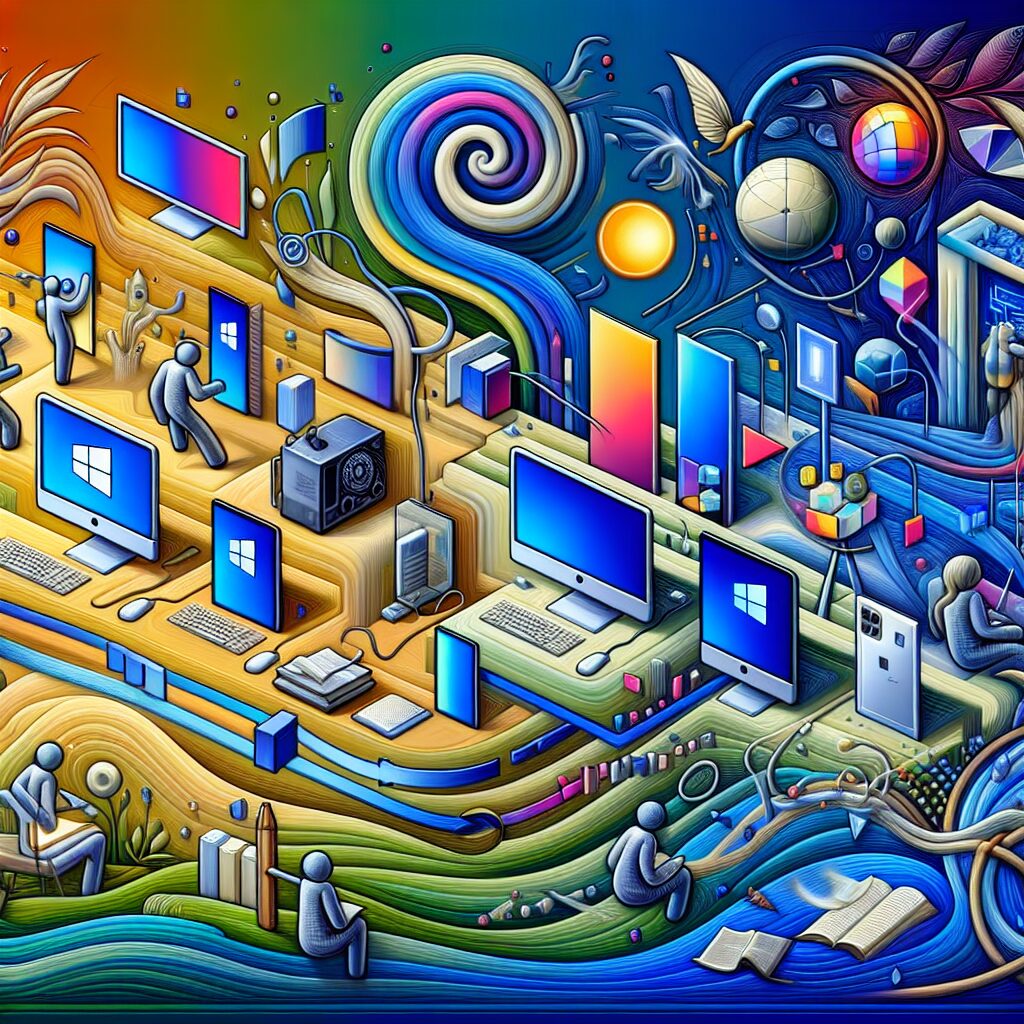“Windows 11: The Odyssey of Installation on Supported and Unsupported PCs, 24H2 Edition”
As sure as the sun rises in the east, the world of technology continues its relentless march forward. The latest herald of this unstoppable progression? None other than the sleek, reimagined, and revitalized Windows 11. The question for many, however, isn’t ‘if’ they should jump on this high-speed train, but ‘how.’ Let’s embark on this journey together, traversing both supported and unsupported PC territories in the 24H2 edition.
The first step is to check your system’s eligibility for Windows 11. Download the PC Health Check tool from the official Microsoft website. It’s like a digital doctor’s visit for your machine, diagnosing its ability to run the new operating system. If you get the green light, you can move forward with the standard installation process. But what if you’re given the dreaded red flag?
Fear not! Even in the shadowy realm of unsupported PCs, there are ways to install Windows 11. Enter the world of ISO files, the unsung heroes of software installation. Download the ISO file for Windows 11 from a trustworthy site, but tread carefully, for not all websites are friends to your PC’s wellbeing.
Once you have your ISO file, you’ll need a USB flash drive. It must have at least 8GB of storage, so it can comfortably fit the Windows 11 installation files. Your flash drive is your vessel, and the ISO file is your map to the promised land of Windows 11.
With your USB drive in hand, download and run Rufus, a free, open-source tool that can help you create bootable USB drives. Choose your ISO file, your USB drive, and let Rufus do its magic. Once it’s done, your USB drive is transformed into a key that can unlock Windows 11 on your unsupported PC.
Now, restart your computer and boot from the USB drive. This might require some changes in your BIOS settings, depending on your PC. Once booted, you’ll be greeted by the Windows 11 installation wizard. Follow its instructions, and soon enough, you’ll be exploring the new vistas of Windows 11.
Remember, while unsupported PCs can run Windows 11, they might not deliver the smoothest experience due to hardware limitations. Still, the choice to upgrade is in your hands, and armed with this guide, you’re well-equipped to make that decision. So, whether you’re traveling the well-trodden path of supported PCs or venturing into the wildlands of unsupported ones, the new frontier of Windows 11 awaits.
